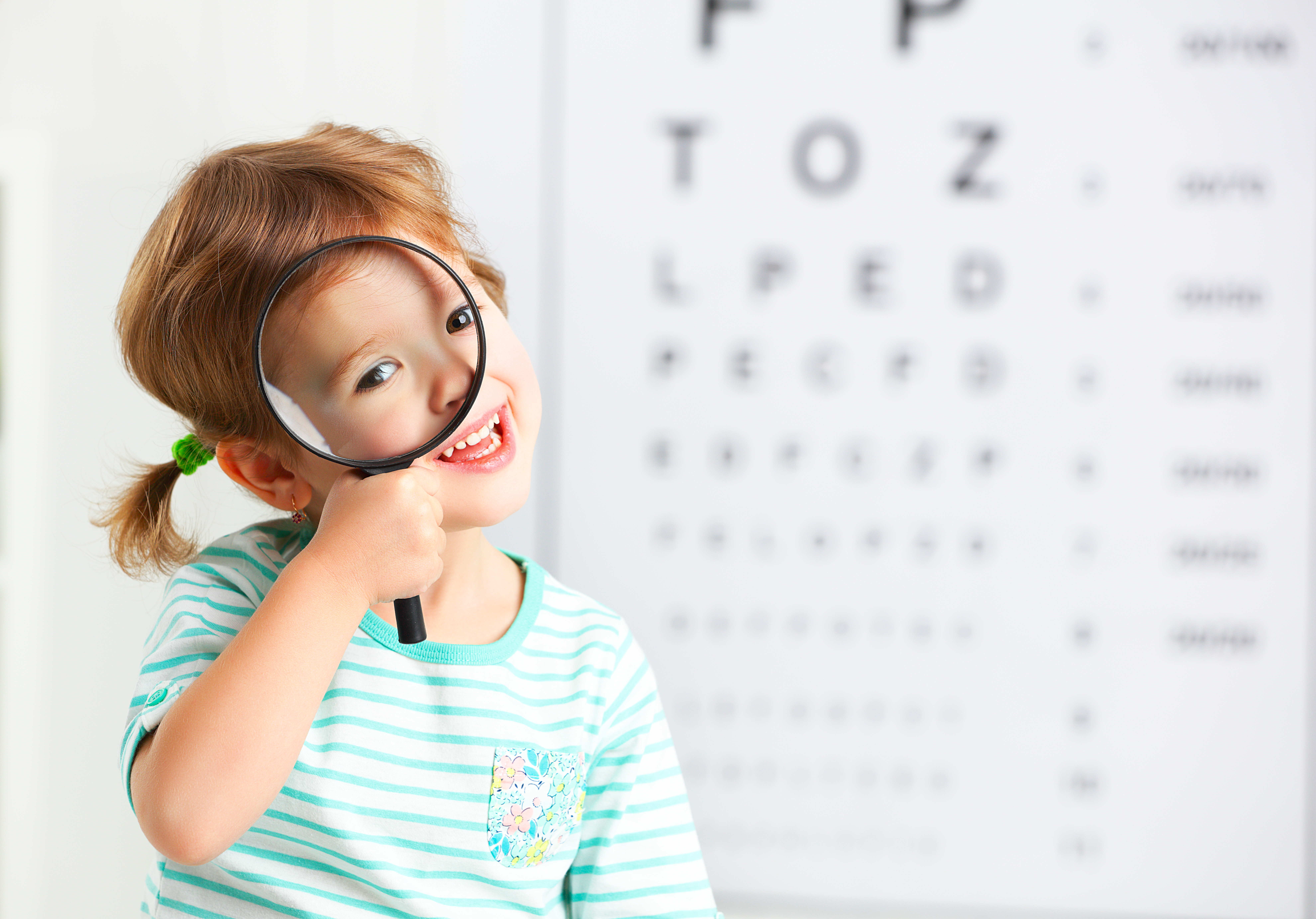The Dos and Dont’s of Pink Eye

How do you get pink eye
Pink eye, or infectious conjunctivitis, a common eye infection that occurs in children and adults, is caused by viruses or bacteria entering the eye. This usually happens when you touch a dirty surface and then touch your eyes, but can also be spread from old makeup, foreign substances (like smoke or dirt), swimming pool water, or blocked tear ducts. Treatment depends on the specific cause but most commonly includes eye drops, ointments, pills, water flushes, and cold compresses to keep you comfortable while you fight the infection.
Conjunctivitis can also be caused by allergens (very frequent during the spring and summer), contact lenses, medications, and inflammation. If you know that you are prone to allergic conjunctivitis, limit allergy triggers in the home by keeping windows and doors closed on days when pollen is heavy and by not letting dust accumulate. Irritant conjunctivitis can only be prevented by avoiding the irritating causes. In this article, we will be discussing only infectious conjunctivitis, or pink eye.
What are the symptoms of pink eye
The most common sign of pink eye is the very pink or red coloring that gives the infection its nickname. This can affect one or both of your eyes, and often comes along with some other symptoms including:
- Itching, grittiness, or general discomfort in the eye.
- Pain or swelling of the conjunctiva, the membrane that covers the front of the eye.
- Discharge from the eyes.
- Blurry vision
Up to 80% of infectious conjunctivitis is viral in origin. Viral conjunctivitis is often accompanied by a cold or upper respiratory infection. In general, the discharge associated with viral conjunctivitis is clear and watery, whereas it will be thicker and more pus-like if the infection is caused by bacteria. Viral conjunctivitis typically affects both eyes while bacterial conjunctivitis stays localized to one eye. Your ophthalmologist can diagnose whether the conjunctivitis is more likely to be caused by a virus or bacteria.
Is pink eye (conjunctivitis) contagious?
Yes. Pink eye that’s caused by bacteria can spread and is considered contagious to others as soon as symptoms appear, for as long as there’s discharge from the eye, or until 24 hours after antibiotics are started. Conjunctivitis that’s caused by a virus is generally contagious even before symptoms appear and can remain so as long as the symptoms last. As with any illness, it’s important to practice good hygiene and stay cautious to help prevent spreading pink eye to others.
How to prevent pink eye from spreading?
The main cause of bacterial and viral pink eye spreading is from touching your eye with your hands or other contaminated objects. The best way to prevent the spread of pink eye is to practice good hygiene. Here are some tips:
- Wash your hands frequently and do not rub your eyes.
- Clean away any discharge with a warm washcloth. Do not reuse the washcloth. If the pink eye affects only one eye, don’t touch both eyes with the same cloth.
- Stay home for at least 24 hours after beginning antibiotic drops for bacterial pink eye treatment.
- Separate and wash towels, washcloths or bedding that come in contact with your eye area from the rest of your laundry.
- Dispose of contact lenses, cases, and cleaning solution worn since contracting pink eye.
- Get rid of eye makeup used before or during the infection.
How do you treat pink eye
Because it can be hard for you to tell which kind of conjunctivitis you have, it is wise to visit a doctor if your eyes are red and irritated. Bacterial conjunctivitis is usually treated with prescription antibiotic drops or ointment. Even though your eyes should feel and look better after a couple of days, it’s important to use the medication for as long as the doctor has prescribed as the infection may come back if you stop too soon.
Antibiotic drops will not help for viral conjunctivitis. While the eye infection will get better on its own as the body fights off the virus, cool compresses or washcloths placed over the infected eye (or eyes) can help. Preservative-free artificial tears eyedrops and antihistamine eyedrops can also relieve symptoms. It’s important to clean the infected eye carefully with warm water and fresh, clean gauze or cotton balls regularly. Keep track of your symptoms, keep your hands clean, visit your doctor as needed, and follow your treatment instructions carefully. Within a week, your eyes should be feeling better.
How long does pink eye last?
Pink eye often clears up within 7 to 10 days, but in some cases may take as long as 2-3 weeks to resolve. Sometimes, viral particles can stay on the eyes longer than several weeks. If you notice blurry vision even after your eyes look and feel back to normal, visit your ophthalmologist.
If you have bacterial pink eye, your doctor may prescribe antibiotics to help speed up recovery. If an allergy or chemical is causing pink eye, do your best to avoid whatever caused it or you risk prolonging the infection. Following proper hygiene practices may help your pink eye clear up quicker.
Common myths about pink eye (conjunctivitis)
Let’s clear up some widely-spread myths about pink eye.
Only children can get pink eye.
While everyone is at risk for pink eye, school-aged kids are the most susceptible because children come into close physical contact with other children. Adults who live with kids who have been exposed to pink eye are also prime candidates for infection.
Can you get pink eye by looking into someone’s eyes?
No. Infectious conjunctivitis is generally spread by direct contact so you must touch someone or something to become infected. For example, someone who has pink eye rubs their eye and touches a doorknob which is later touched by someone who then rubs their own eye.
Farting on a pillow can cause pink eye.
This is a popular myth amongst school-age pranksters that asserts a person who uses a pillowcase that a practical joker farted on will later contract pink eye. You cannot get pink eye from a fart. Flatulence is primarily methane gas and does not contain bacteria.
Pink eye can cause blindness.
While pink eye can be embarrassing and uncomfortable, the condition is not dangerous on its own and many cases of pink eye go away without treatment in one to two weeks. You should consult with your eyecare physician if you experience pain, light sensitivity, blurry vision, fever, rash, persistent headache, nausea, or worsening eye discharge. These signs may indicate a more serious condition.


